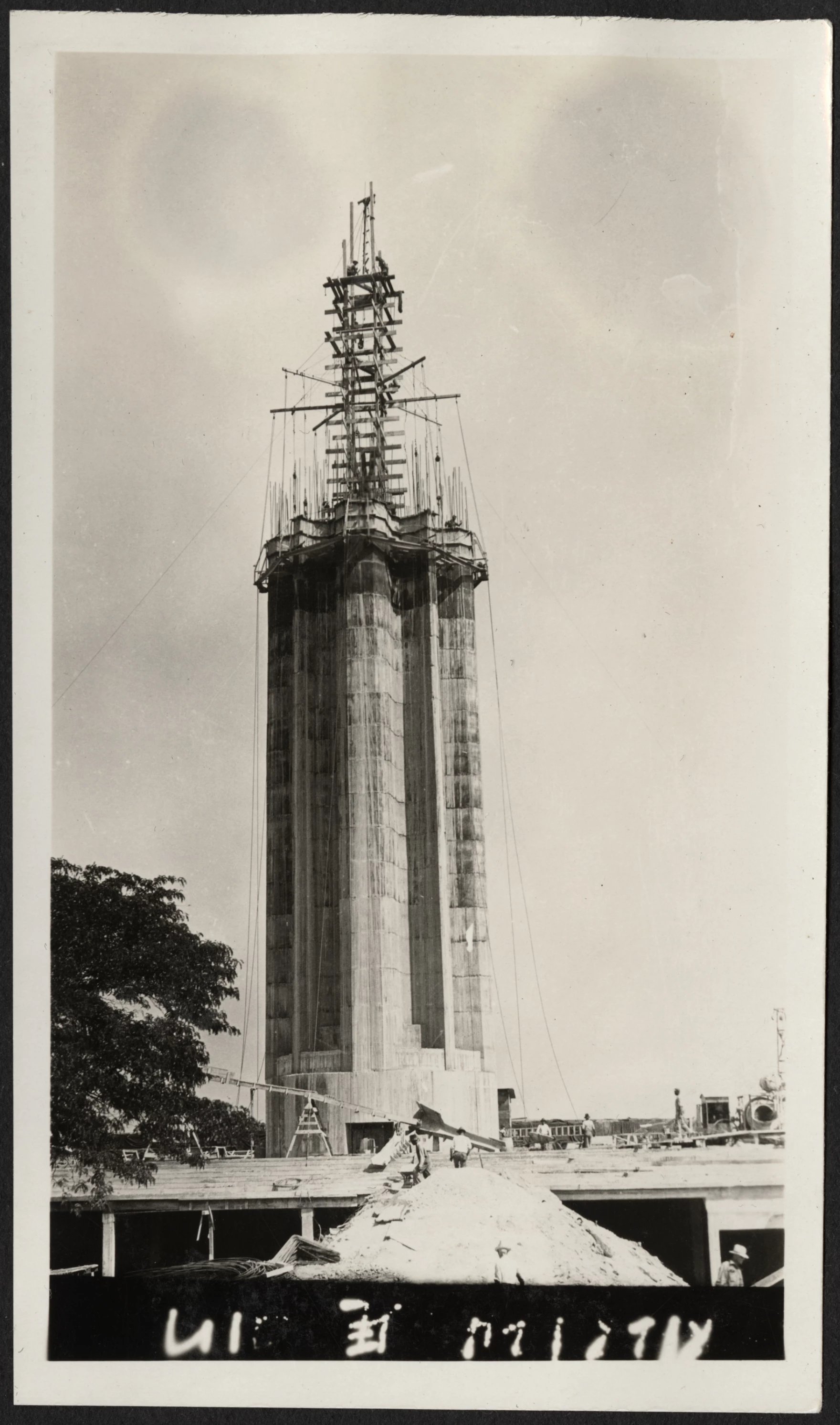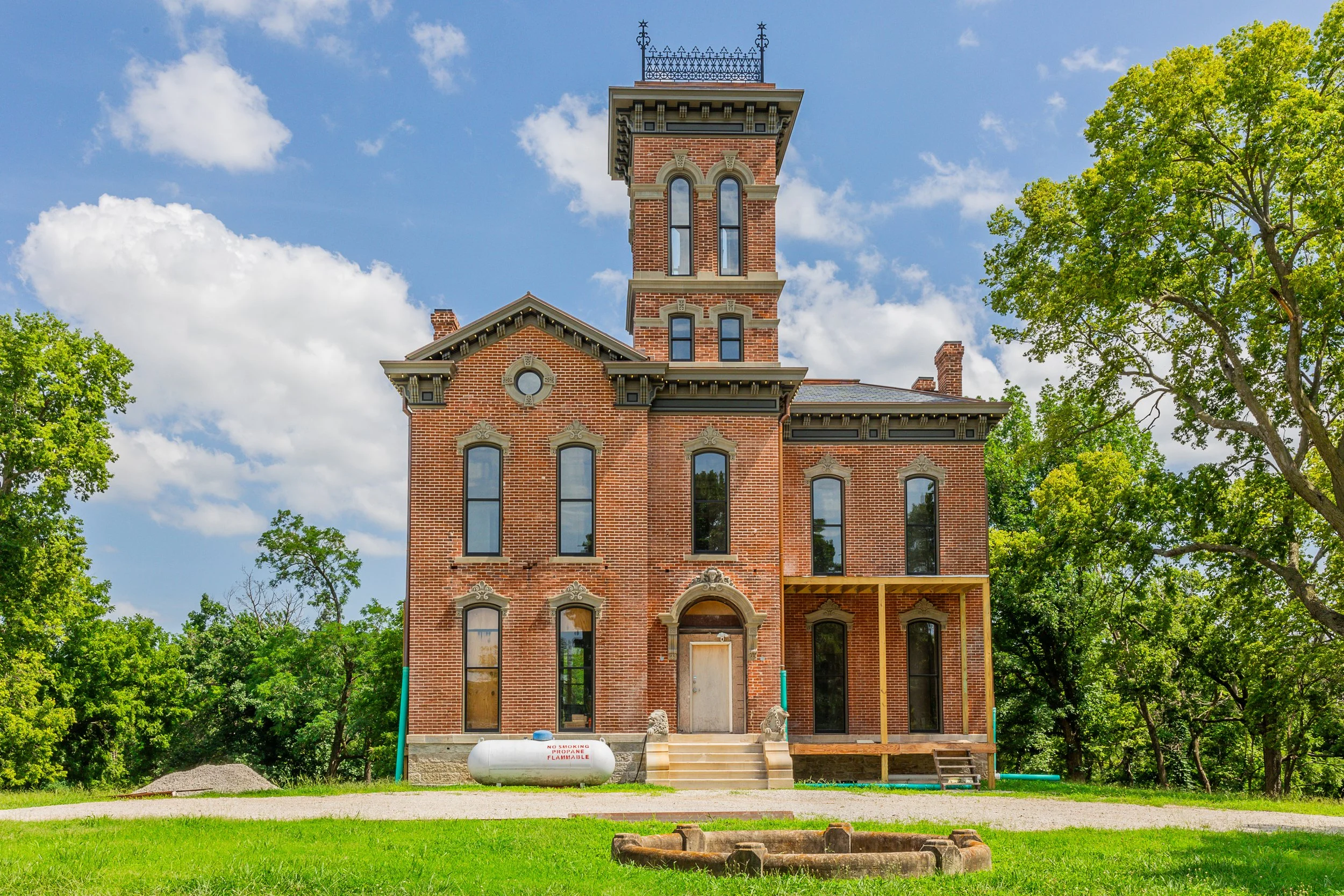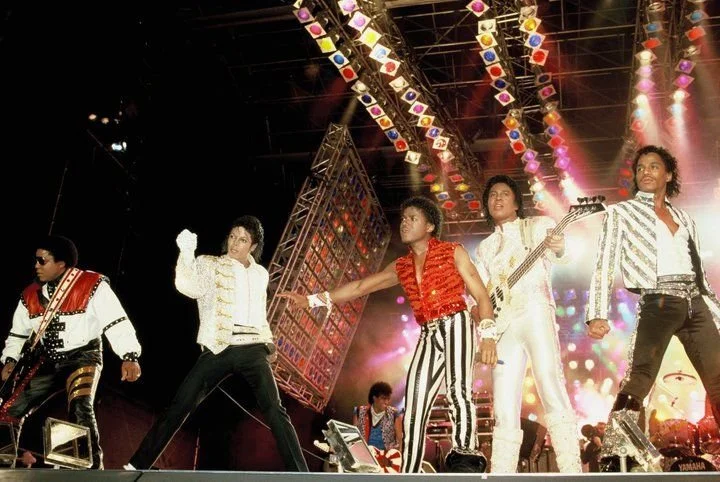The Story of the National WWI Museum & Liberty Memorial
The Story of the National WWI Museum & Liberty MemorialIf you were forwarded this email, click here to subscribe (it's free!) Read this story online | Sponsor this newsletter In 1918, with World War I in full force, Kansas City was deeply affected despite only losing 441 residents. When the city celebrated the opening of Union Station in 1914, it wasn’t yet clear that the station would soon serve as a key passage for soldiers en route to training or deployment. As men enlisted, women stepped into the workforce, and crops from the Midwest helped feed troops. The city’s garment district produced essential supplies for soldiers, and residents purchased Liberty bonds to support the war effort.
On November 11, 1918, as the armistice was signed, Kansas City faced an influenza epidemic. Despite this, nearly 100,000 people filled the streets downtown for a victory parade, their gathering marking a fresh chapter in the city’s history. The Birth of a Monument
The Liberty Memorial Project broke ground on July 5, 1923, led by local civic figures including real estate developer J.C. Nichols, the Armour family from the livestock industry, the Kemper banking family, and lumber baron R.A. Long. The project aimed to honor Kansas City soldiers and serve as a national monument for World War I. A 10-day fundraising campaign in 1919 saw 83,000 Kansas Citians raise $2.5 million (about $35 million today), with community members from all walks of life contributing. In addition to its grassroots funding, the monument's design was chosen through a national architecture competition, and in 1921, land was dedicated across from Union Station, symbolizing the city’s role in the war effort. A Legacy of Remembrance
The grand opening took place on November 11, 1926, with President Calvin Coolidge addressing a crowd of 100,000 and designating the site as the national memorial to the Great War. The Liberty Memorial Tower, 217 feet tall and adorned with four "guardian spirit" sculptures and two Assyrian sphinxes representing memory and the future, became a powerful symbol. The economic challenges of the Great Depression and the onset of World War II delayed similar projects in other cities. In Kansas City, however, the community remained dedicated. In the 1990s, the museum underwent extensive renovations funded by a new sales tax and donations. Designated as the National World War I Museum in 2004 and as America’s World War I Memorial in 2014, it remains an educational and commemorative landmark.
Today, the National World War I Museum and Memorial welcomes over 600,000 visitors annually, offering education on the war’s global impact and the pursuit of peace. Artifacts such as a Renault FT tank, period uniforms, a 1917 Harley-Davidson motorcycle, a Ford Model T ambulance, and a replica trench provide an immersive, tactile experience. Interactive displays, audio recordings, and a comprehensive research center add depth for visitors. Standing as both a local and national symbol, the Liberty Memorial reflects Kansas City’s commitment to preserving history and honoring sacrifices made in World War I.
Video from the 1926 Dedication Ceremony on November 11, 1926: This Week in the KC Yesterday Scavenger HuntThe Nelson-Atkins Museum Completed in 1933 at a cost of $2.75 million, the museum's limestone façade and classical design evoke a sense of permanence and grandeur, designed in the iconic Beaux-Arts style.
Pacific House Hotel Originally built around 1860, the Pacific House Hotel served as the District of the Border Headquarters for the Union Army during the Civil War from 1861 to 1865.
This Week's Featured Home5155 Wornall Rd, Kansas City, MO 64112 Discover this stunning historic home with breathtaking views of Loose Park. Built in 1924 and designed by the renowned architect Alice Jackson, AIA, this classic New England-style residence offers both charm and sophistication. It was crafted for her son, James S. Jackson, a prominent Garden Editor for the Kansas City Star. Set on a generous .8-acre lot, this property features multiple outdoor retreats, including a spacious multi-level deck and a cozy fire pit, perfect for entertaining or relaxing. Inside, you’ll find a beautifully updated interior showcasing refinished hardwood floors, meticulously restored hardware, and a contemporary kitchen.
Thanks for reading, Reader! What do you want to learn about next? Reply and let me know! -Joe ps: the birthplace of KC BBQ as we know it...
|
Stories from the City - History of Kansas City
Join thousands of others and discover Kansas City's captivating history every week with the exclusive newsletter from KC Yesterday. Sign up now to unlock fascinating stories about the mafia, architecture, prohibition, sports, and everything in between!
The Story of Sauer Castle (1873) If you were forwarded this email, click here to subscribe (it's free!) Read this story online | Sponsor this newsletter | Shop 📸 KC Yesterday Sauer Castle, located at 935 Shawnee Road in Kansas City, Kansas, is one of the region’s most recognized examples of Italianate architecture and one of the most historically significant residences in the city. Construction began around 1871 and was completed in 1873 as the home of German immigrant Anton Sauer and his...
The Story of The Hyatt Regency Walkway Collapse: KC's Darkest Day If you were forwarded this email, click here to subscribe (it's free!) Read this story online | Sponsor this newsletter | Shop 📸 Exactly 44 years ago, on July 17, 1981, a catastrophic structural failure occurred at the Hyatt Regency Hotel. Two suspended walkways inside the hotel’s atrium collapsed during a crowded evening event, resulting in the deaths of 114 people and injuries to 216 others. It remains one of the deadliest...
The Story of The Jacksons at Arrowhead in 1984 If you were forwarded this email, click here to subscribe (it's free!) Read this story online | Sponsor this newsletter | Shop 📸 July 6-8, 1984: The Jacksons at Arrowhead Stadium In the summer of 1984, The Jacksons launched their North American Victory Tour with three sold-out shows at Arrowhead Stadium. In a rare move, Arrowhead officials accepted a flat $100,000 fee instead of their usual cut of ticket and concession sales. The Victory Tour...








